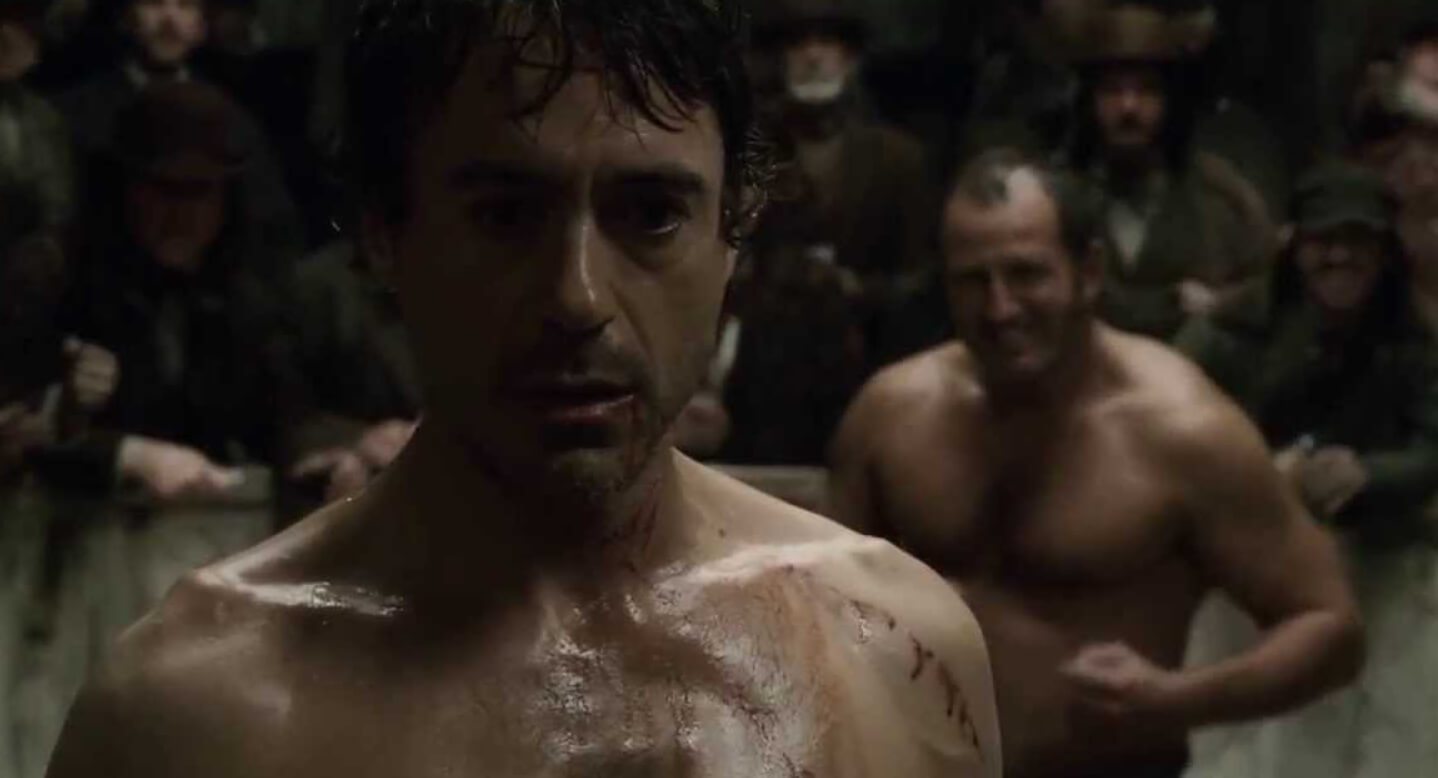Introduction
In filmmaking, visual style conveys tone, atmosphere, and narrative intensity. One filmmaker recognized for his outstanding flair is Guy Ritchie, known for his kinetic editing, stylish cinematography, and remarkable slow-motion sequences. Among his most distinctive techniques, slow motion stands out as a hallmark of his craft, combining dramatic impact with visual spectacle. This article explores the artistry behind Ritchie’s signature slow-motion imagery—its origins, techniques, and impact on cinematic storytelling.
1. The Origins of Guy Ritchie’s Visual Style
Before analyzing his use of slow motion, it is important to understand the foundation of Guy Ritchie’s visual identity. He rose to prominence in the late 1990s with his breakout film Lock, Stock and Two Smoking Barrels, followed by Snatch and RocknRolla. These films established his reputation for fast-paced editing, dynamic camera work, and highly stylized cinematography, reflecting his early background in music videos and advertising.
Ritchie’s visual style draws inspiration from Quentin Tarantino, Martin Scorsese, and Sergio Leone. Yet, he blends these influences with his own sensibilities, merging action, comedy, and crime drama into a distinct contemporary aesthetic.
2. The Artistry of Slow Motion
A defining element of Ritchie’s filmmaking is his use of slow-motion sequences. They heighten dramatic tension, emphasize crucial moments, and create powerful visual impact. Slow motion allows audiences to experience the choreography, camera work, and performances in extraordinary detail.
Beyond visual flair, slow motion intensifies emotional engagement. Whether in a heated confrontation, a breathtaking chase, or a stylish montage, these sequences inject kinetic energy and cinematic grandeur that set his films apart.
3. Techniques and Innovations
Ritchie employs both traditional techniques and modern innovations to achieve his signature slow-motion shots:
-
High-speed cameras capture intricate movements with precision.
-
Carefully planned choreography ensures clarity and fluidity in action scenes.
-
Practical effects enhance realism in sequences slowed down on screen.
-
Post-production tools such as digital grading, CGI enhancements, and visual flourishes enrich the spectacle.
This blend of practical and digital techniques allows Ritchie to push the boundaries of visual storytelling, creating sequences that feel both authentic and larger than life.
4. Impact on Cinematic Storytelling
For Ritchie, slow motion is more than a stylistic flourish—it is a narrative tool. By slowing down time, he draws viewers deeper into the story, allowing subtle gestures, emotions, and details to surface.
Slow motion also functions as cinematic punctuation, emphasizing pivotal moments such as climactic battles, emotional revelations, or triumphant victories. These carefully placed sequences amplify drama and ensure key scenes resonate long after the credits roll.
Conclusion
Guy Ritchie’s signature use of slow motion demonstrates his mastery of visual storytelling. By merging stylish cinematography, practical craftsmanship, and digital innovation, he delivers cinematic experiences that captivate global audiences. Whether in gritty crime thrillers or elegant action adventures, slow motion remains one of his most powerful tools—elevating his films into unforgettable works of modern cinema.
FAQs
1. What defines Guy Ritchie’s visual style?
His style combines kinetic editing, stylish cinematography, and iconic slow-motion sequences. He often blends action, comedy, and crime drama, influenced by music videos and commercials.
2. What role does slow motion play in his films?
It intensifies dramatic tension, emphasizes key moments, and showcases action sequences in greater detail.
3. How does Ritchie achieve his slow-motion effect?
He uses high-speed cameras, precise choreography, practical effects, and digital enhancements to create fluid, impactful slow-motion shots.
4. How does slow motion affect storytelling?
It deepens audience immersion, highlights emotional nuance, and underscores the importance of pivotal scenes.
5. What makes his slow-motion sequences visually spectacular?
They add cinematic grandeur, reveal subtle details, and heighten audience engagement through visual drama.
6. Are there memorable examples of slow motion in his films?
Yes—stylized action in Snatch, intense confrontations in Sherlock Holmes, and kinetic chases in The Man from U.N.C.L.E. are standout examples.
7. How does slow motion contribute to Ritchie’s overall aesthetic?
It enhances depth, drama, and spectacle, showcasing his storytelling mastery and delivering immersive cinematic experiences.


Дом престарелых: Забота и комфорт для ваших близких
дома престарелых http://www.doma-prestarelyh-1.ru/ .